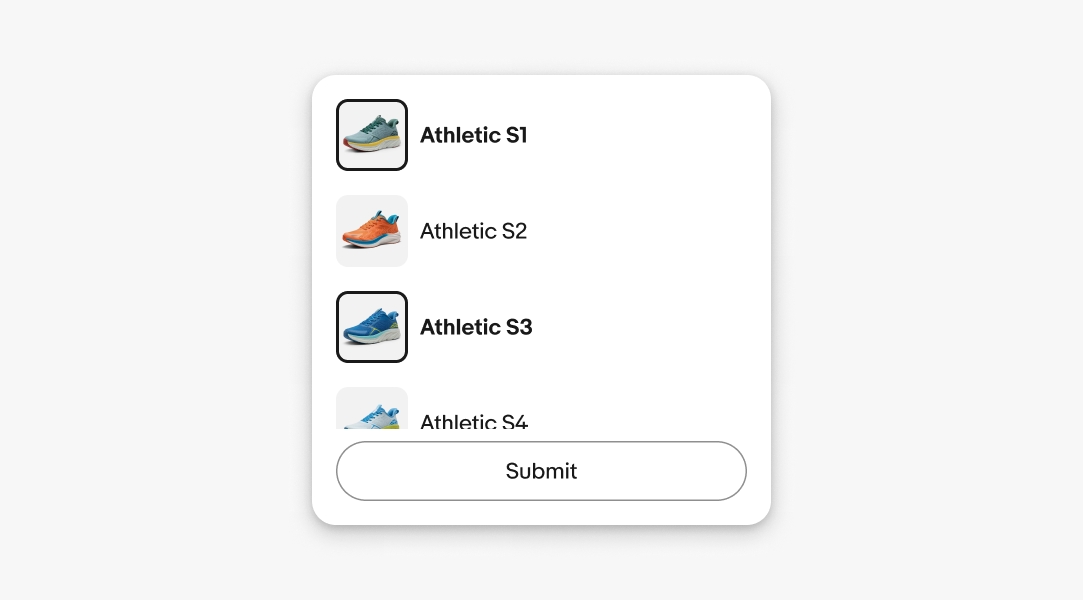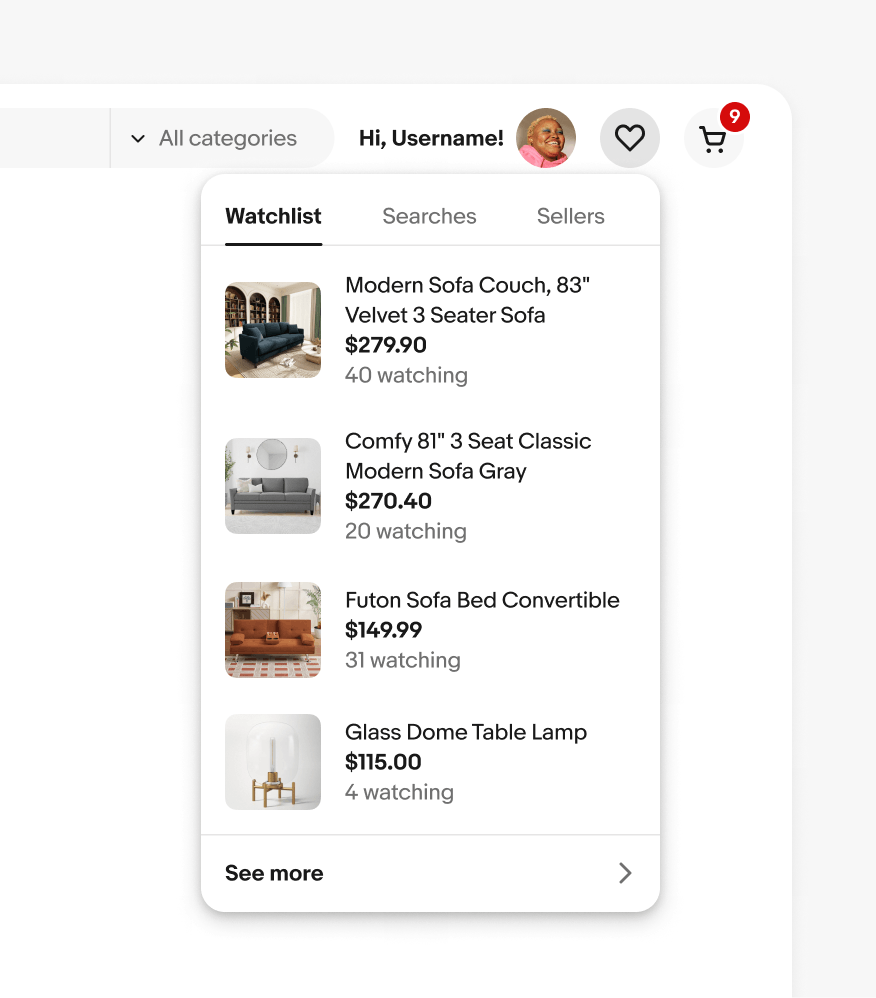Popover
Popovers are non-modal transient containers that appear above other content. They disclose lists of choices or supplemental information.
- CSS
- Marko
- React

Contextual
Popovers directly relate to its trigger element, which is usually a button.
Progressive
Popovers progressively disclose additional choices or information.
Flexible
Popovers can contain a variety of content of varying complexity.
Small
Popover menus transition to bottom sheets on small screens. However, iOS can use the native context menu for short action lists where appropriate.















